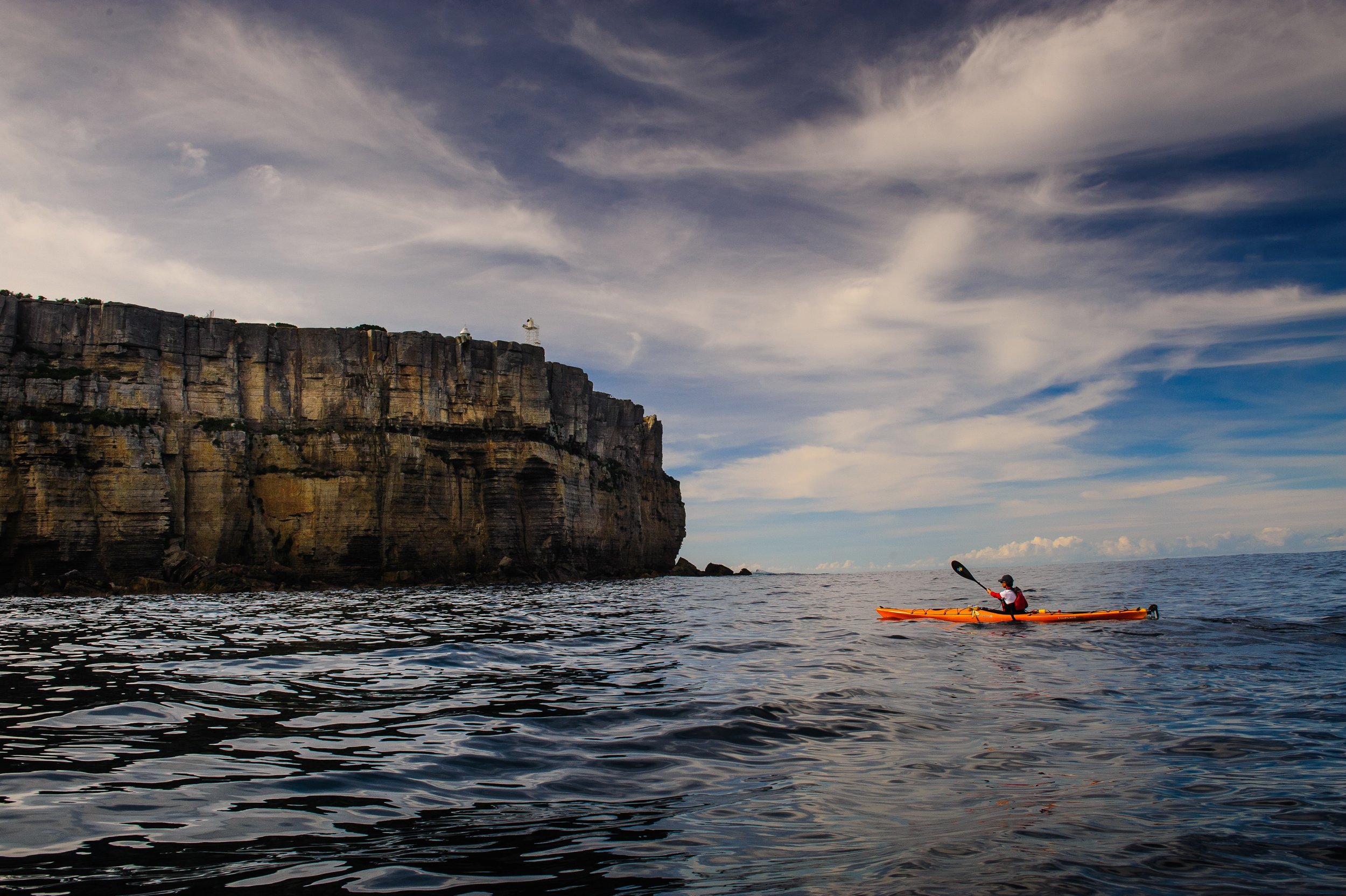KAYAK SAFETY GEAR ESSENTIALS
Are you new to kayaking? Anyone can buy or rent them for a day and enjoy the ocean.
However, as we advocate, safety is paramount for the boating community. Too many unnecessary deaths and accidents happen on the world’s waterways every year. Don’t worry; sea safety isn’t rocket science.
KAYAK SAFETY GEAR
There’s a variety of kayaks out there - from sea and ocean kayaks, to sit-on-top and whitewater kayaks. This watercraft is extremely versatile and will allow you to glide through the water to get up close to a sea turtle, or zoom down a waterfall.
Wherever you go and whatever you do on a kayak, make sure you leave for your trip with the necessary safety gear.
Here’s our kayak and canoe safety essential gear list.
Wear a non-inflating PFD that’s approved by your local maritime safety organisation
Carry a first aid kit
Take a dry bag with sunscreen, a mobile phone, water and food
Have a repair kit with you, especially if you use an inflatable kayak
Get yourself a paddle leash
Dress for the weather conditions and water temperature
Wear a helmet and rashguard
Have a bailer on board
Tie a 15-20m (50-65ft) tow line to your kayak and keep it aboard
Carry a spare paddle
Bring a knife
Carry paddle floats and leashes
Have a marine whistle on you.
If you plan to kayak on a river, we recommend starting off with some tuition, as freshwater is less buoyant and a river poses more dangers than the beach.
Also, consider taking a kayaking course with a certified instructor, if you plan to go out regularly. They will be able to teach you the techniques you can use in a dangerous situation. It’s also good to get a professional to look at how you paddle and sit in the boat - they’ll help you paddle more efficiently.
If you plan to kayak on longer trips, you’ll also need:
Charts
Floatation bags
Spray skirts
Compass
GPS
VHF radio
An air horn
In-date flares
Headlamp or flashlight
Spare clothes, kept in a dry bag
Bilge pumps.
Each time you go out, make sure you check that all gear is in good condition, including the kayak or canoe and paddles.
Please make sure you research the regulations for mandatory equipment and maintenance of the watercraft you intend to use where you are. These vary in each state and country.



